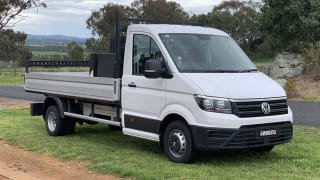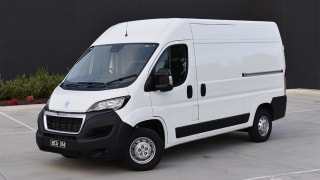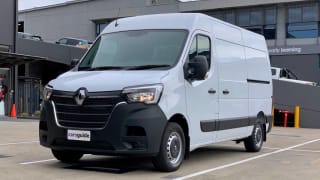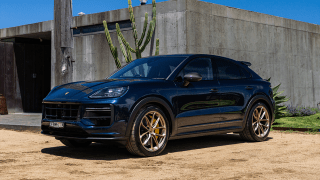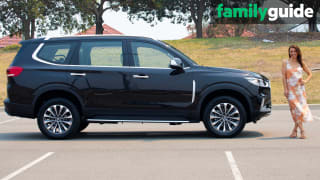Our test vehicle is the Daily 35S which continues Iveco’s tradition of offering buyers generous choice.
In this case, there’s standard or optional engines and transmissions plus two roof heights, three wheelbases, four van lengths and four load volumes to choose from when tailoring a vehicle to their specific requirements.
For example, our 35S is powered by the standard 2.3-litre four-cylinder turbo-diesel paired with an optional eight-speed automatic transmission and the optional combination of a 3520mm wheelbase with the tallest (H2) 1900mm roof height and 12-cubic metre load volume.

It’s also equipped with two of four optional packs, one of which is the ‘Hi-Technology Pack – Auto Transmission’ which includes active driver aids like 'City Brake', 'Queue Assist', 'Traction Plus' and 'Hill Descent' plus automatic high-beam control, lane-departure warning and lane-keep assist.
The other is the ‘Hi-Business Pack’ which brings fog lights, LED headlights, open storage with inductive plus USB charge and 'Hi-Connect' multimedia system with GPS. And it’s wearing optional 16-inch alloy wheels and 'Mineral Grey' metallic paint.
So, although the base 35S list price is $66,734, the ‘as tested’ list price of our example is $79,609 (plus GST and ORCs for both).

The 35S comes standard with 16-inch steel wheels and 235/65R16 tyres with a full-size spare, plus daytime running lights, reversing camera, heated door mirrors, adaptive cruise control, a fully adjustable, heated and suspended driver’s bucket seat, two-passenger bench seat, dash-mounted electronic parking brake, two USB ports plus ample cabin storage and safety tech.
The driver gets a 3.5-inch TFT (aka high-resolution) instrument cluster with seven screen menus and more than 100 points of information.
Also standard is a four-speaker multimedia system with DAB digital radio and multiple connectivity including Apple CarPlay and Android Auto.



.jpg)











